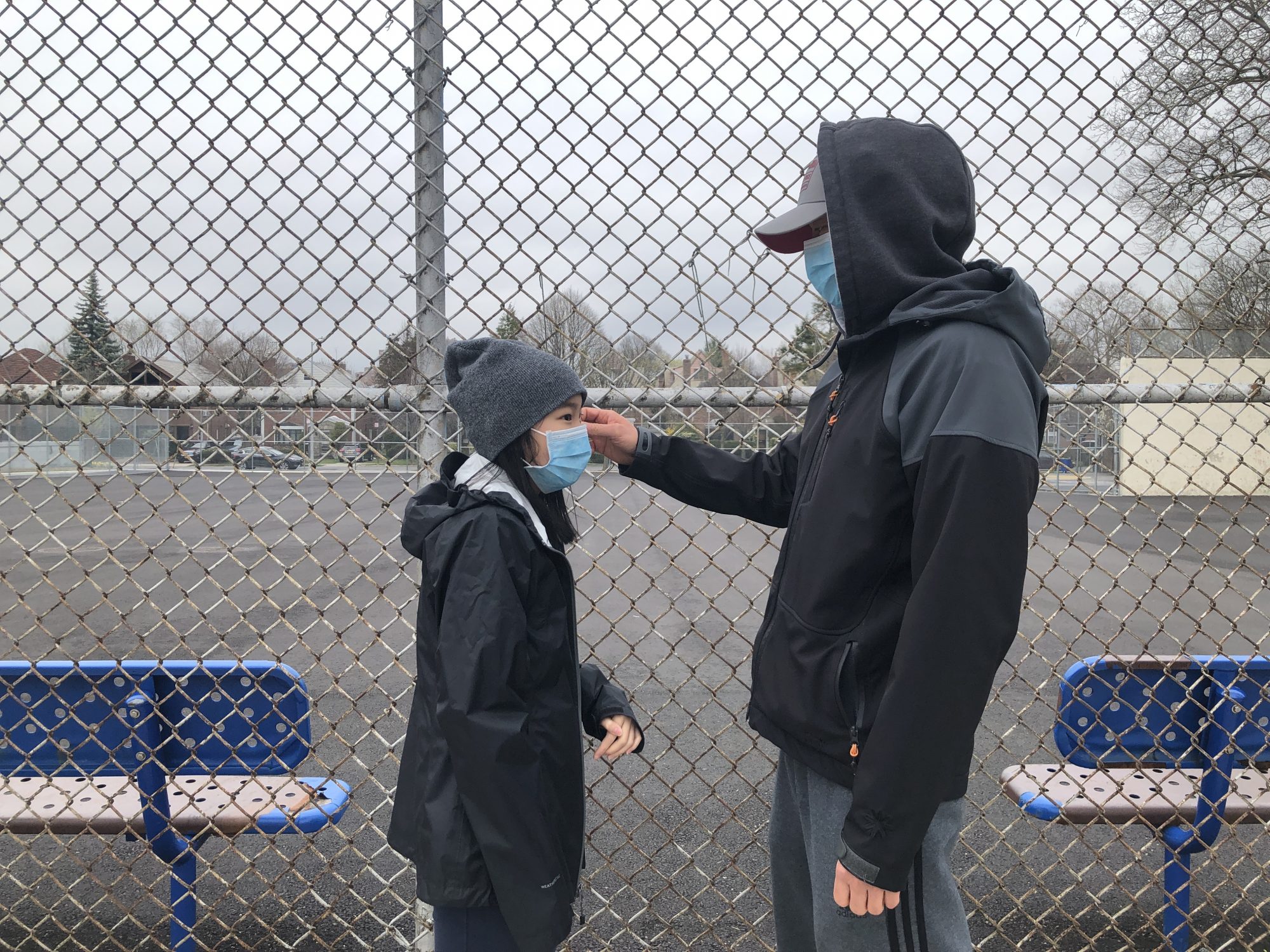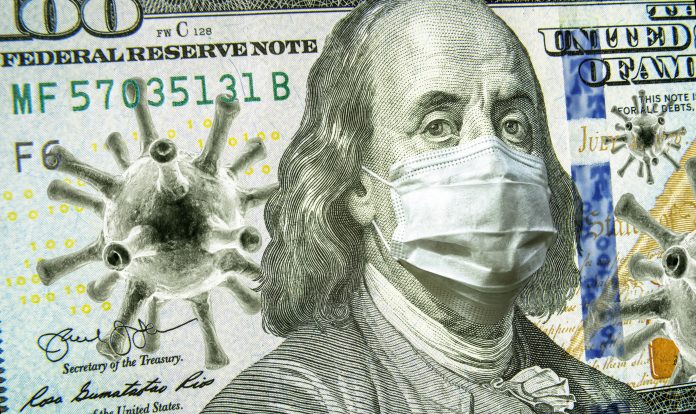The study showed that fear of dwindling resources and job insecurity could distract individuals from following COVID-19 regulations across 43 states
Currently, President Elect Joseph Biden is waiting to take over the COVID-19 response in the US. Until that moment, the US is still waiting for a new economic stimulus package to pass through Congress and support the failing economy.
The current status of an economic package via Congress?
The proposed $2 trillion dollar package negotiated by Speaker Nancy Pelosi and Steve Mnuchin over the last few months came to an abrupt halt last week, as talks inevitably broke down over the election period. Speaker Pelosi continues to push for a significant sum of money to counteract the impact of COVID-19 across the states.
After catching COVID-19, President Trump asked his people to halt talks on the Bill and things remain at the same stalemate with Speaker Pelosi – who further highlighted the urgency of passing an economic package even as she gave her first address post-US election. On October 7, President Trump tweeted: “I have instructed my representatives to stop negotiating until after the election when, immediately after I win, we will pass a major Stimulus Bill that focuses on hardworking Americans and Small Business.”
With legal action pending, the President himself has not re-engaged with Congress to move this stimulus discussions forward. On 6 November, Senate Majority leader Mitch McConnell continued to propose a smaller economic package than Speaker Pelosi when talks resumed. However, they remain on starkly different pages.
McConnell commented: “I do think we need another one, but I think it reinforces the argument that I’ve been making for the last few months that something smaller — rather than throwing another $3 trillion at this issue — is more appropriate, with it highly targeted towards things that are directly related to the coronavirus, which we all know is not going away until we get a vaccine.”

The study that explores how a scarcity mindset impacts decisions
Tahira Probst, a WSU psychology professor and lead author in the study published recently online in the Journal of Applied Psychology, explained that the study shows how a scarcity mindset can play a role in how well people respond to the rules of the pandemic.
“We all have a finite set of resources at our disposal, whether it’s money, time or social support, and individuals who have fewer of those resources appear less able to enact the CDC-recommended guidelines,” said Probst.
“The extent to which economic stressors will impact that behavior is in part a function of where we live. Having a fall back, a strong safety net to catch you, seemed to help mitigate the risk factors of job insecurity that was otherwise associated with less adherence to the guidelines.”
In states with lower unemployment benefits, job insecurity was associated with a 7% decline in compliance with COVID-19 prevention behaviours. In states with a stronger response, including measures such as stay-at-home orders and shutting down non-essential businesses, financially secure employees had 13% higher enactment of the prevention behaviours compared to workers who felt more financially insecure.
The respondents’ median household income of $50,000-$59,000 was close to that of the United States’ median of $60,293.
Probst further commented:
“It’s important to acknowledge as a society that there are certain segments of the population, namely the economically secure, that are better equipped to follow the CDC recommendations to prevent the spread of COVID-19.
“This is a red flag since precarious work and financial strain can also co-occur with other COVID-19 risk factors and pre-existing health disparities.”
The authors acknowledge that the demographics of that sample skewed more male, 62%, and more college-educated, 68%, than the general U.S. population which is about 50% male and 35% college-educated. However, using the platform did allow the researchers to survey groups of workers representing most states in the U.S.
The data for this study were collected in April, the month after the World Health Organization officially declared the pandemic on March 11. Probst and her colleagues are continuing to follow up with this survey group every 1-2 months to collect a total of seven waves of survey data. The researchers are looking to see if the disparities related to economic stress and protective behaviours translate into greater COVID-19 infection rates.




![Europe’s housing crisis: A fundamental social right under pressure Run-down appartment building in southeast Europe set before a moody evening sky. High dynamic range photo. Please see my related collections... [url=search/lightbox/7431206][img]http://i161.photobucket.com/albums/t218/dave9296/Lightbox_Vetta.jpg[/img][/url]](https://www.openaccessgovernment.org/wp-content/uploads/2025/04/iStock-108309610-218x150.jpg)






